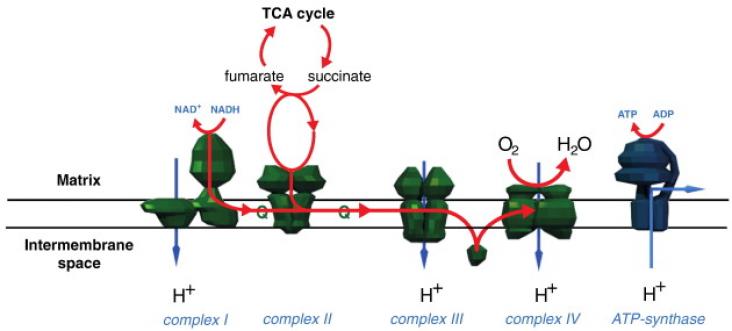The transition from the Millennium Development Goals (MDGs) to Sustainable Development Goals (SDGs) has shifted the policy debate from growth to ‘quality of growth’ (QG).
Lesbian, gay, bisexual, transgender (LGBT), and questioning youth represent a diverse population who are affected by many sexual health inequities, including increased risk for human immunodeficiency
Elsevier,
Zakim and Boyer's Hepatology (Seventh Edition), A Textbook of Liver Disease, 2018, Pages 77-83.e5
This chapter aligns with the SDG goal 3 of good health and wellbeing by showing the liver's response to injury including inflammation and fibrosis responses.

Mitochondrial respiratory chain dysfunction causes a variety of life-threatening diseases affecting about 1 in 4300 adults. These diseases are genetically heterogeneous, but have the same outcome; reduced activity of mitochondrial respiratory chain complexes causing decreased ATP production and potentially toxic accumulation of metabolites. Severity and tissue specificity of these effects varies between patients by unknown mechanisms and treatment options are limited. So far most research has focused on the complexes themselves, and the impact on overall cellular metabolism is largely unclear. To illustrate how computer modelling can be used to better understand the potential impact of these disorders and inspire new research directions and treatments, we simulated them using a computer model of human cardiomyocyte mitochondrial metabolism containing over 300 characterised reactions and transport steps with experimental parameters taken from the literature. Overall, simulations were consistent with patient symptoms, supporting their biological and medical significance. These simulations predicted: complex I deficiencies could be compensated using multiple pathways; complex II deficiencies had less metabolic flexibility due to impacting both the TCA cycle and the respiratory chain; and complex III and IV deficiencies caused greatest decreases in ATP production with metabolic consequences that parallel hypoxia. Our study demonstrates how results from computer models can be compared to a clinical phenotype and used as a tool for hypothesis generation for subsequent experimental testing. These simulations can enhance understanding of dysfunctional mitochondrial metabolism and suggest new avenues for research into treatment of mitochondrial disease and other areas of mitochondrial dysfunction.
This chapter advances SDG 6 by explaining water as it relates to human health.
Background Improving survival and extending the longevity of life for all populations requires timely, robust evidence on local mortality levels and trends.
